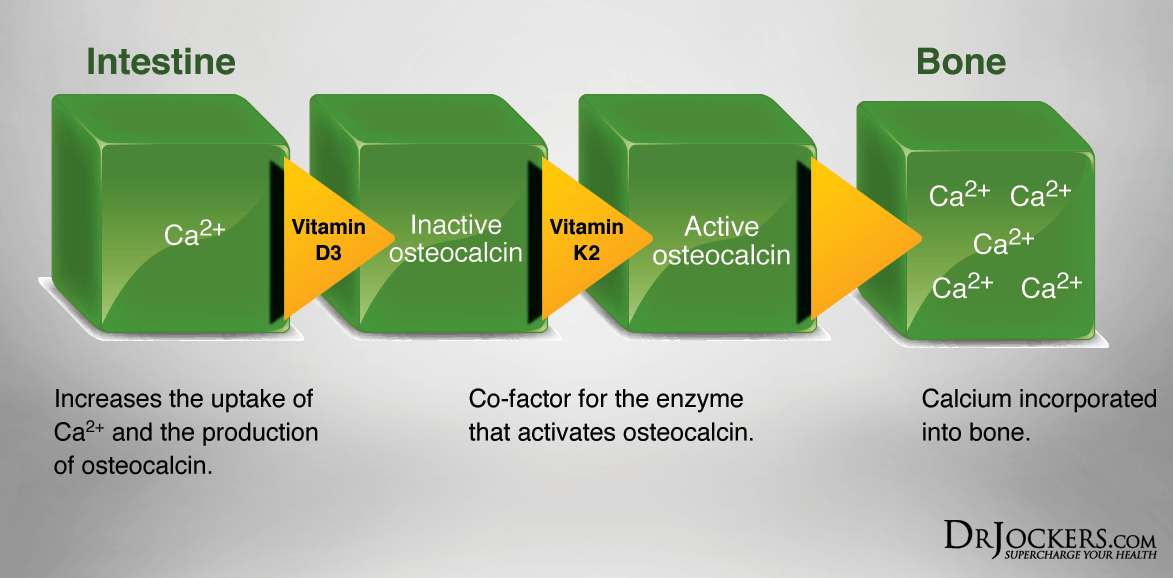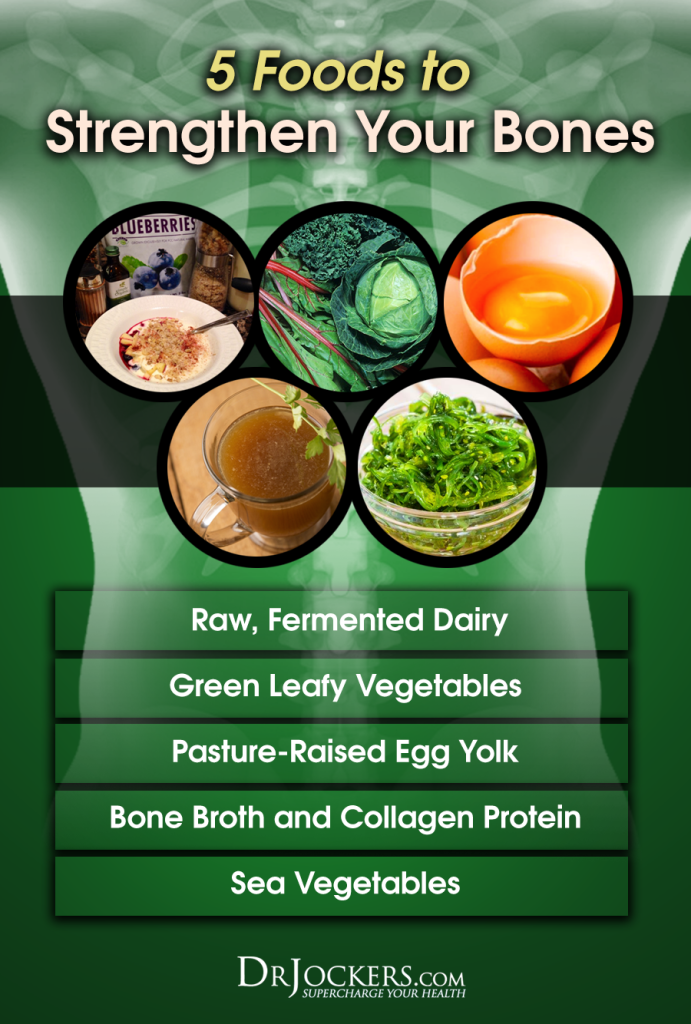The Calcium Myth
For years we have been taught that calcium (Ca+) was the great solution to weakened bones. Pre and post-menopausal women are recommended to take calcium supplements to prevent bone loss and osteoporosis. New research has shown that the theory of calcium supplementation improving bone health is a myth.
Calcium is the cornerstone mineral in bones. However, calcium consumption does not build bones. Countries with the highest dietary calcium consumption (US, Canada, & Scandinavian countries) have the highest rates of osteoporosis. Have you been misled by this idea?

Calcium and Heart Attack Risk!
A recent meta-analysis published in the British Medical Journal showed that calcium supplementation actually increased the risk of heart attacks. This study and others have looked at individuals taking Ca+ supplements in isolation without other key nutrients that play a role in calcium homeostasis (1, 2).
Many forms of calcium supplementation such as coral Ca+, oyster shell Ca+, Ca+ citrate and Ca+ carbonate are not metabolized well in the body. These forms of calcium are not well tolerated and form small rocks that get deposited in the soft tissue structures of the body.
Nanobacteria use the little calcium blocks to form hard shells of Ca+ phosphate as protection against the body’s immune system. This is similar to a snail using a shell as a form of armor from predators. This encapsulation provides a hiding spot for pathogenic bacteria, viruses and parasites. This promotes a continual inflammatory process in the area around the calcium shell creating plaque formation (3, 4).
Calcium Mineralization & Vitamin D3/K2
Vitamin D3 and vitamin K2 are essential for calcium mineralization into bone. These nutrients stimulate the activity of the osteoblastic protein osteocalcin (5). Osteocalcin acts to strongly absorb and selectively place calcium from the bloodstream into the bone matrix This acts like a vacuum, creating a very strong pull that sucks the excess calcium stones out of the bloodstream and possibly out of mineralized plaques.
Osteocalcin only becomes active when adequate levels of vitamin K2 are present (6). Vitamin K2 and vitamin D3 also act to inhibit osteoclasts which act to break down bone. Most individuals are both deficient in D3 and K2. This creates an environment of poor calcium metabolism that leads to weakened bones and Ca+ deposition in soft tissues (7).
Essential Bone Building Minerals
The bones also need a good mix of essential minerals and fatty acids for healthy bone function. This includes plant-derived magnesium and silica as well as animal forms of saturated fat and the long-chain omega-3 fatty acids EPA & DHA.
The best forms of silica come from cucumbers, celery, bell peppers, horsetail, nettles, oat straw & alfalfa. Magnesium comes from many different sources including nuts, seeds, legumes and green vegetables. The best source of magnesium is raw, organic cacao and high quality dark chocolate.
Key Bone Building Nutrients:
Another powerful form of essential minerals is found in pink salts including Himalayan Sea Salt. These salts provide ideal mineral ratios for optimal absorption and usage in the body. Sea vegetables such as kelp, dulse and other forms of seaweed and sea algae like chlorella are also fantastic sources of bone-building nutrients.
The best forms of calcium and bone building nutrients come from leafy green vegetables and fermented, raw milk products from 100-grass fed cows and goats. Pasteurized forms of milk and grain-fed animals provide inflammatory fatty-acids and other metabolites that promote calcium mineralization into arterioles.
Raw cheese and fermented drinks such as grass-fed yogurt and kefir from 100% grass-fed animals provide the perfect ratio of vitamin D3, K2, Ca+, magnesium, zinc, omega-3 fatty acids and saturated fat. Raw cheese from grass-fed cows or goats is perhaps the best bone building, cardio-protective food one could consume so long as they don’t have a food sensitivity to dairy and are able to digest and absorb the nutrients effectively.
You can find a great source of grass-fed cheese through US Wellness Meats here.








Kefir rules. Love it. But is it known in the West now?..
Yes, kefir is becoming more and more popular and available in western countries!
I tried kefir. I tried it despite its nasty taste for a few weeks. Unfortunately, while doing that, I became lactose intolerant! Life is now much harder because I’m also diabetic and had to have an esophagogastrectomy several months ago. The normal thing people do for this is supplement with milk products too boost caloric intake. I have spent hundreds of dollars in Lactaid supplements to take in the limited amount of dairy I use. It’s very discouraging!
Confusing. This doctor says not to change anything, but yet the news reporter says American doctors advise not to take these calcium supplements. American doctors are the ones who pushed these calcium supplements in the first place. ER visits for women did increase for heart attack. Then, finally, she says, if you have questions, ask your doctor. It’s the blind leading the blind, unfortunately. It’s a lot of opinion and suggesting to ask individual doctors whose theory on this may all be different from one another. That doesn’t give people encouragement at all. Initially the reporter says we may have to choose between bone health or risking heart attack. However, she does not reference that if one takes adequate D3 and K2, this risk becomes negligible. I think this is very irresponsible reporting.
Hey John, be sure to look through and read all the reference links to the various studies I cited in this article. It will shed A LOT of insight on this topic and you will understand more about how to improve both bone and cardiovascular health with vitamin D3 and K2.